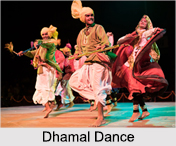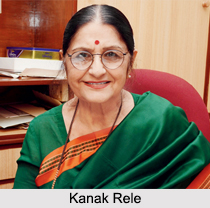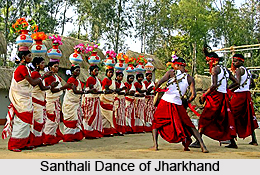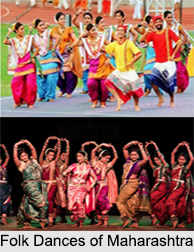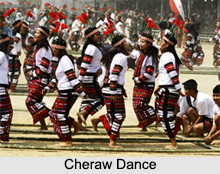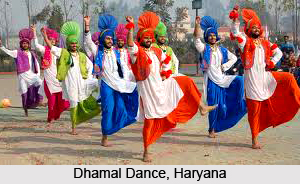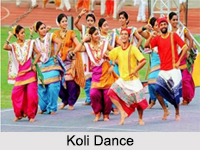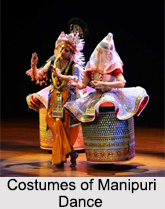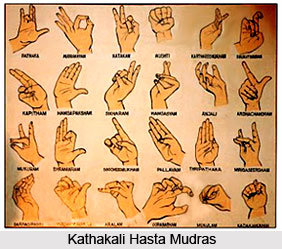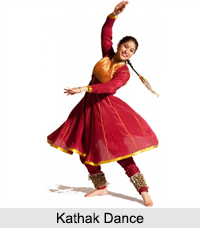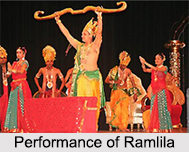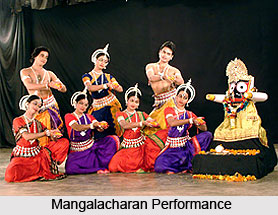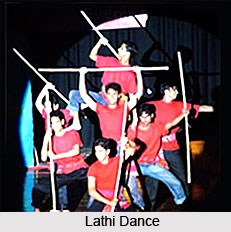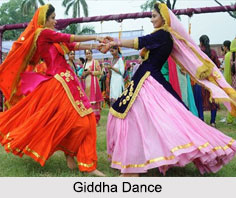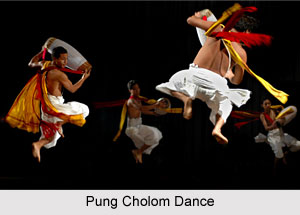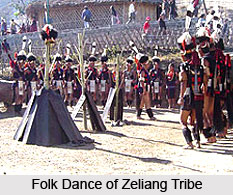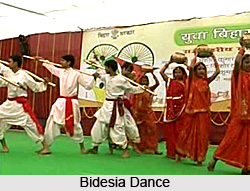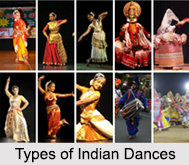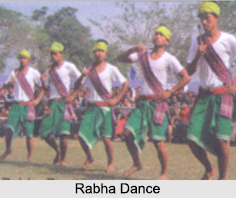`Dance de divertissement` is a popular dance form of the Lushai Tribe dwelling in the borderlands between Assam and Burma and the north-east frontier tracts. These dances are performed during their religious festivals, marriages and death ceremonies. The devil dance is chiefly performed when there is a death in the tribe or when the chief of the village or a member of the royal family passes away. This dance is also enacted to ward off epidemics and to appease their gods during earthquakes, bad harvest, famine and floods.
Performance of Dance de Divertissement
After the dead is buried the Lushais engage in feasting. Once the feasting is over all the members indulge themselves in the devil dances. The performers dance with wild jumps and occasionally even yell out. Their dance is accompanied by the loud music supplied by a species of reed instrument. Bamboos are used sometimes for the dance. Generally, male members of the village only take part in these dances.
Costume of Dance de Divertissement
The performers usually wear hideous masks which are made of coloured bamboo pieces and leaves. The white colour used in the mask is made of powdered rice. Many skulls are made on the forehead of the main mask. The sockets of the eyes in the mask are left empty but occasionally glass pieces are also fixed. Napkins are tied to the ears and neck but nowadays the dancers also wear thin papers of different colours for the ears to give them a fan-like shape. The dancers cover their body with bits of colourful rags colouring them with bold white paints to portray the look of a skeleton.
This article is a stub. You can enrich by adding more information to it. Send your Write Up to content@indianetzone.com
